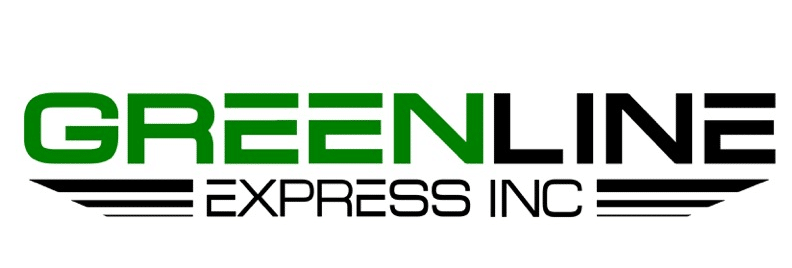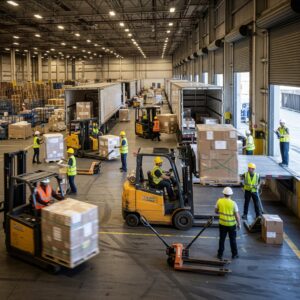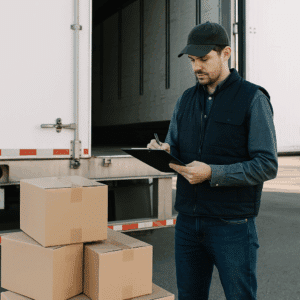Introduction: Why Weather Still Controls the Freight Clock
In logistics, technology has made freight faster, smarter, and more predictable — but LTL freight is still at the mercy of the weather. From icy roads in the Midwest to hurricane season in the Southeast, weather disruptions can delay pickups, damage goods, and increase costs. For shippers of both dry LTL and reefer LTL, understanding the risks and having a weather contingency plan isn’t optional — it’s essential.
The Weather Events Most Likely to Delay LTL Freight
Not all weather disruptions are created equal. Some are predictable and seasonal; others can hit without warning. Here’s a breakdown of the most common causes:
- Winter Storms – Snow, ice, and freezing rain can make certain routes impassable, delaying linehaul schedules and forcing carriers to re-route freight.
- Flooding – Heavy rain can close access roads to terminals or warehouses, especially in rural areas where alternative routes are limited.
- Hurricanes & Tropical Storms – Widespread terminal closures and port delays, especially along the Gulf and Atlantic coasts.
- Extreme Heat – Often overlooked, heat can cause reefer unit failures and road surface damage, slowing down transit times.
- Fog – Low visibility impacts loading dock operations and highway safety, especially during early morning pickups.
Tip: Keep an eye on seasonal patterns. If your LTL shipments cross multiple climate zones, you’ll want a different plan for summer vs. winter disruptions.
How Weather Impacts Dry vs. Reefer LTL Freight Differently
While all LTL freight can be delayed, dry LTL and reefer LTL face different challenges when the weather turns.
For Dry LTL:
- Risk is mainly schedule-based — shipments arrive late, causing downstream inventory shortages.
- Moisture exposure from flooding or snow melt can damage non-palletized freight.
For Reefer LTL:
- Temperature control becomes critical during delays — carriers may need to idle reefer units longer or swap trailers mid-route.
- Accessorial charges can pile up if a delayed delivery causes product spoilage claims.
Related Reading: How to Save Money on Reefer LTL Freight Without Sacrificing Reliability — real-world strategies that also help during weather delays.
Building a Weather-Ready Freight Plan
Preparation is the best defense against weather delays. A good plan includes:
- Carrier Communication Protocol – Know exactly who to call for ETA updates and route changes.
- Multi-Route Contingencies – Pre-approve alternate carriers or routes so changes can be made in minutes, not days.
- Flexible Pickup Windows – Allow shippers and carriers to work around bad weather forecasts.
- Real-Time Tracking Tools – Use GPS-enabled freight tracking to see weather patterns alongside shipment locations.
- Insurance Review – Confirm coverage for weather-related damage and delays.
Pro Tip: The U.S. National Weather Service offers freight-relevant hazard alerts that you can integrate into your shipping dashboard — check it here.
What to Do When Weather Disrupts Your LTL Freight Mid-Transit
Once your shipment is already on the road, your options narrow — but you still have tools:
1. Ask About Hot Shot Transfers
If your freight is critical, request that the carrier transfers it to a dedicated truck once it clears the weather zone.
2. Negotiate Priority Reloading
When terminals reopen after a storm, ask your carrier to flag your shipment for the first outbound run.
3. Reroute to Alternate Delivery Points
If your consignee’s location is blocked, deliver to a nearby warehouse or distribution center until access is restored.
How to Use AI Forecasting to Anticipate Weather Delays
Modern freight management platforms now integrate AI weather risk analysis, allowing shippers to predict possible delays up to 10 days in advance.
Here’s how leading logistics teams are using it:
- Pattern Recognition – AI learns from previous storm paths and carrier performance.
- Dynamic ETA Adjustments – Real-time ETAs adjust automatically when storms approach a route.
- Proactive Customer Updates – Automated emails or texts keep buyers informed, reducing “Where’s my shipment?” calls.
Example: Some 3PLs now integrate NOAA storm tracking directly into load boards — giving dispatchers a live map of weather threats along active LTL lanes.
TL;DR – Quick Takeaways
- Weather delays are unavoidable, but preparation cuts the impact in half.
- Dry and reefer LTL require different protection strategies.
- Use AI-powered tracking to anticipate and reroute freight before delays happen.
- Always maintain carrier communication protocols for quick decision-making.
Conclusion: Make Weather Just Another Variable — Not a Crisis
LTL freight and weather disruptions have always been intertwined. The difference between a costly delay and a smooth recovery comes down to preparation, communication, and technology. By using AI forecasting, flexible routing, and proactive carrier partnerships, you can keep your freight moving even in challenging conditions.
When your lanes demand expedited LTL solutions with weather flexibility, GreenlineX has the experience and tools to keep your supply chain steady. Learn more about our services here.



